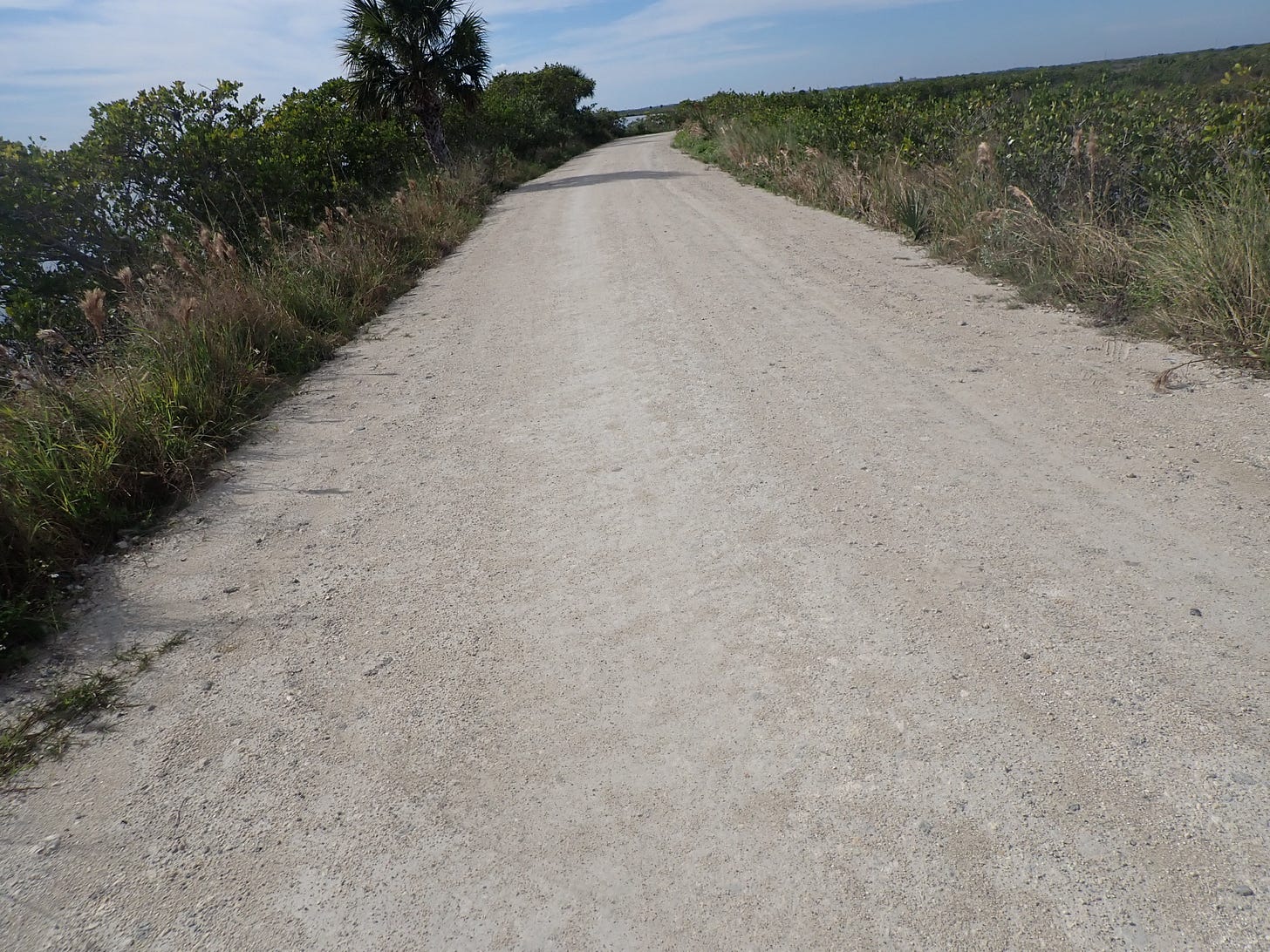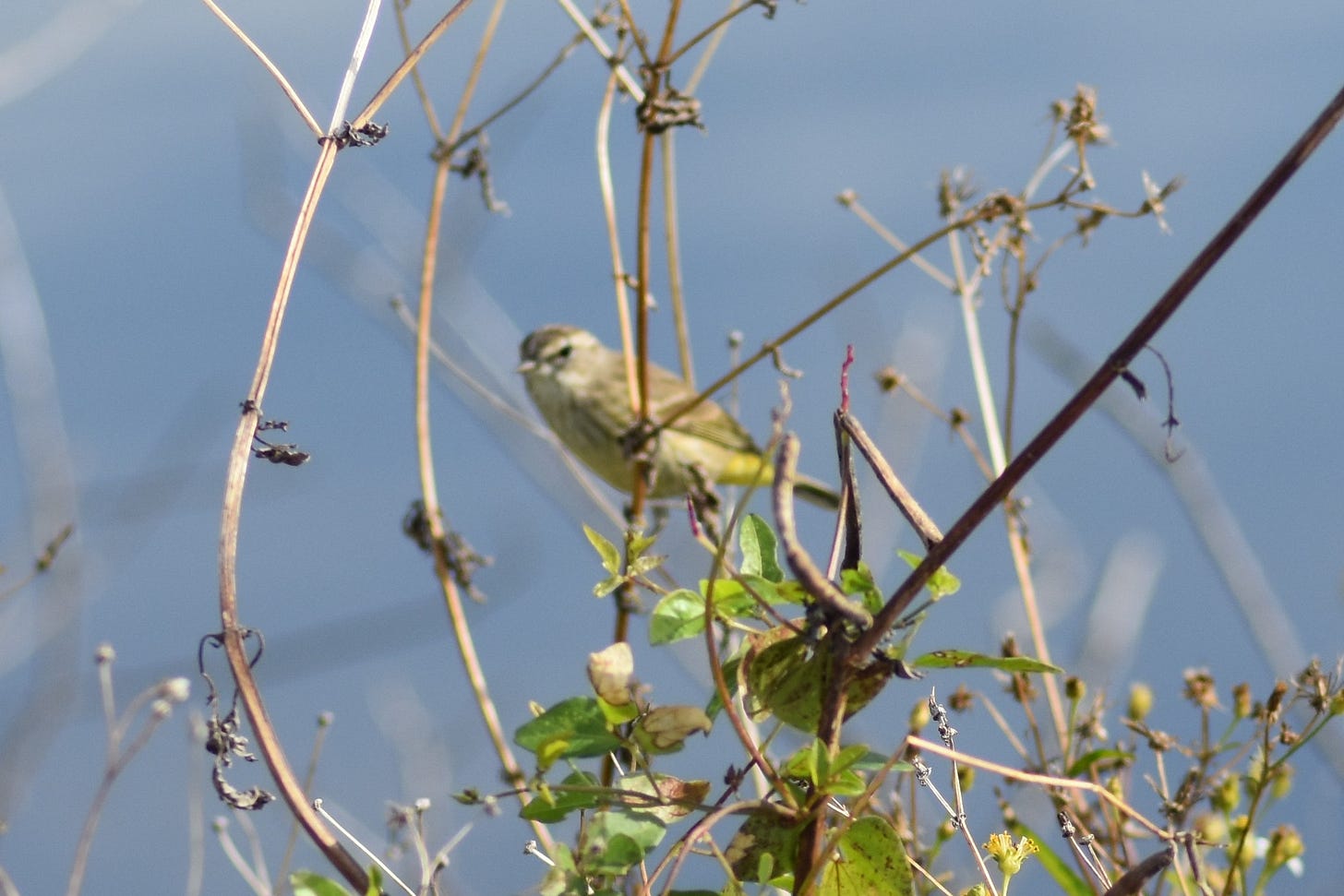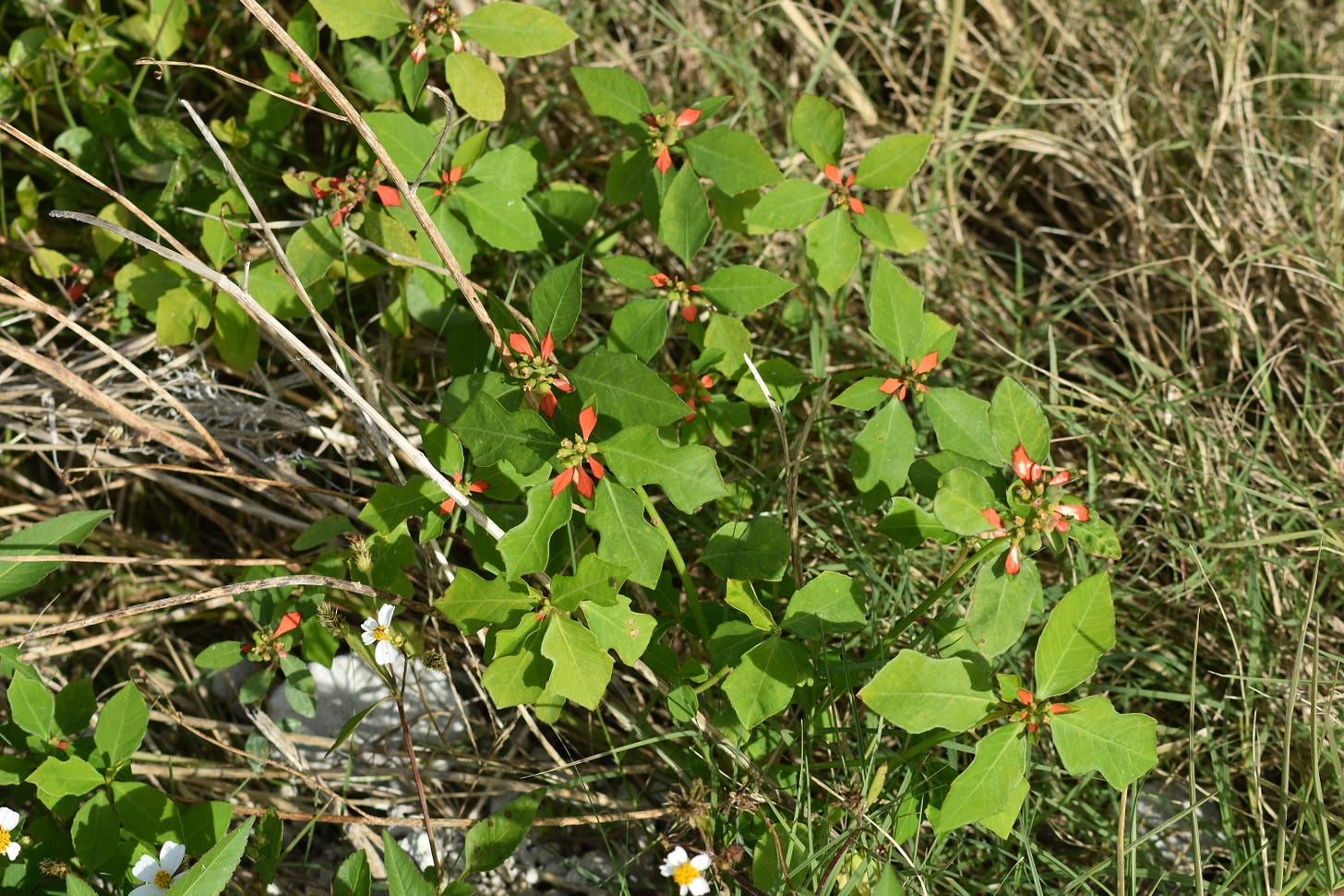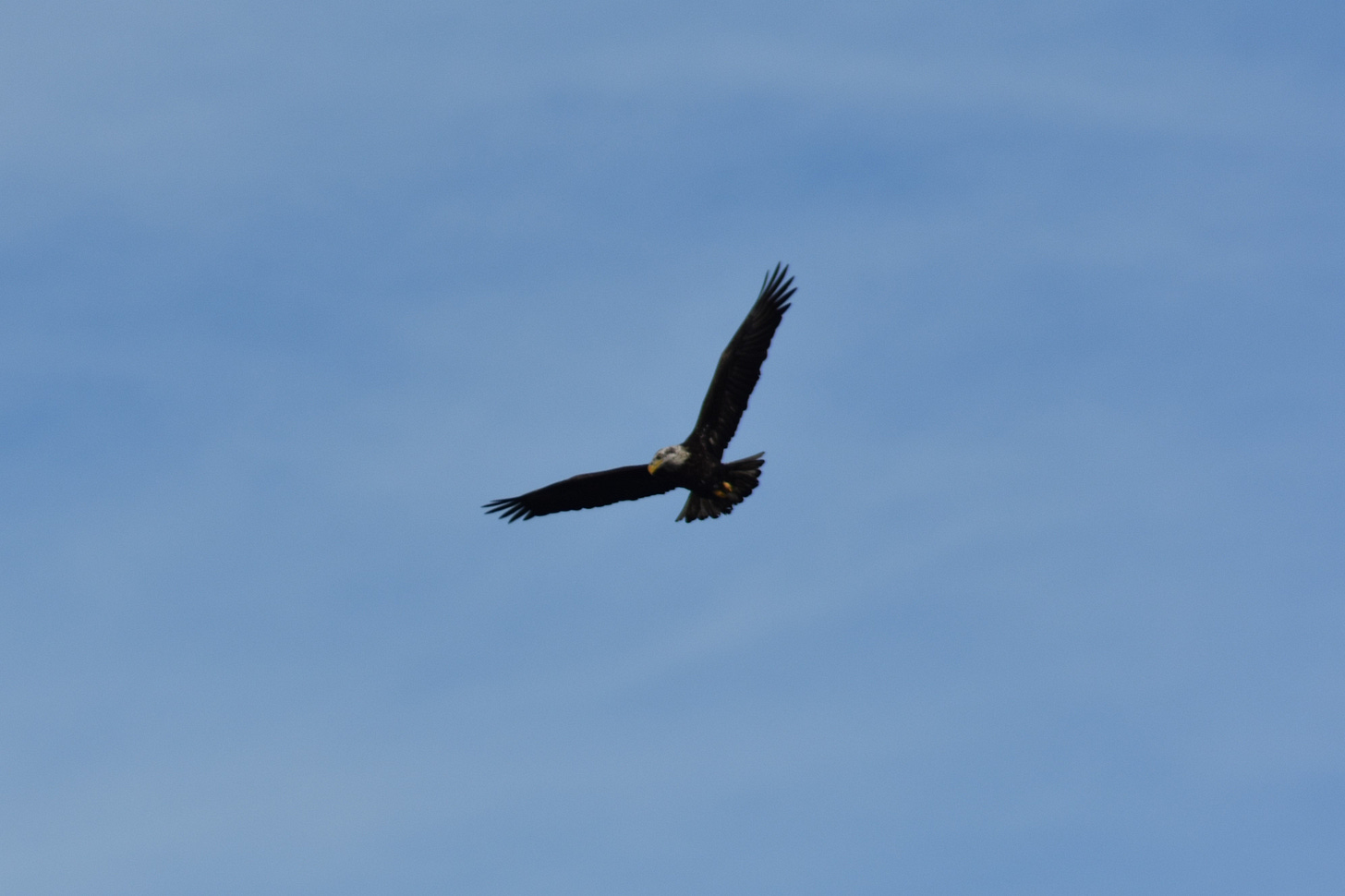Review of Gator Creek Hiking Loop, Merritt Island National Wildlife Refuge
An easy hike through the mangroves
I went hiking at the Merritt Island National Wildlife Refuge. Merritt Island National Wildlife Refuge is a huge tract of land (over 140,000 acres) that protects a number of sensitive environments. Most of the refuge covers the Kennedy Space center and is inaccessible to the public. The piece that remains is still large enough to provide lots of places to explore.
My hike started at the overlook at the entrance to the refuge from rt 406. It went around Gator Creek and up the western edge of Catfish Creek before returning to the start. There was ample parking at the overlook but no facilities. The total hike was 7 miles but can be reduced to about 5 miles by entering at the next entry point. Also the loop itself is about 3 miles and has several places to park on the loop.
The trail was hi and dry throughout. The roads were crushed limestone and easy to walk. I saw a few other walkers including 1 mountain biker. A portion of the trail is open to traffic but I was passed by only 1-2 cars, mostly fishermen. Leashed dogs are allowed.
One of the real problem plants in Florida today is the Brazilian Pepper (Schinus terebinthifolia). Once grown as for ornamental landscaping it takes over areas and crowds out native vegetation. It’s estimated today that Brazilian Pepper occupies over 700,000 acres of Florida. To add to the issues it causes is that it’s related to poison ivy and causes skin rashes in sensitive people.
One niche that I didn’t realize Brazilian Pepper was invading is the coastlines. Mangroves are hardy plants that grow on the coastline and protect the shore from erosion and provide habitats for birds and fish. However Brazilian Peppers are narrowing the habitat for mangroves. They’ve pushed the mangrove bushes to an ever smaller band near the water.
Palm warblers were very common throughout the walk, continuously flitting in the underbrush. They eat berries and insects. They’re responsible for some of the spread of the Brazilian Pepper as they eat the berries and carry the seed to other areas.
One sign that winter has arrived in the north is the arrival of coots. The American Coot, sometimes called a mudhen, is a black bird that winters throughout North America. But come winter they all head south. It’s one of the most common water birds in Florida during the winter. Some people call them “Jesus Ducks” since they tend to run on water to get enough speed to take off.
There were lots of painted leaf plants. The painted leaf is the wild ancestor of the Christmas Poinsettia. If you look closely you can see the red markings on the leaves. The painted leaf doesn’t have all read leaves of domesticated version but you can still see the starkly contrasting markings on the leaves.
The bald eagle doesn’t get it’s distinctive white head and tailfeathers until its 3rd year. I got to witness a drama that involved this guy. An osprey was carrying a fish across the lagoon when this eagle attacked to try to take the fish. The osprey dropped the fish which landed in the water. Both the eagle and osprey circled for about 10 minutes looking for the fish but never found it.
One Florida wildflower reminds me of growing up in West Virginia is the morning glory. It’s a common vine that grows up host plants and produces an oversized flower that blooms with the morning sun and wilts during the day only to bloom again tomorrow.
Overall the Gator Creek hike is a very nice hike, one of my favorites. It’s an easy hike with lots to see.
In this newsletter I’ll be talking about nature, nature photography, natural places (especially in Central Florida) and whatever else catches my eye. If you like this please hit the share button. Or you can subscribe and be notified via email when I post. Thanks for coming by.








